Joseph Scholz (fl. 1850-1880)
2 Framed lithography’s, satire | Dr. Eisenbart / Caricature portrait of Dr. Eisenbarth and his patient, published by Scholz ca. 1860, 2 pp.
Two satirical portraits: Dr Eisenbarth, with feathered tricorn, facing left, holding dental extraction forceps with two hands and holding a newly extracted tooth. And its pendant: a sore man who has just had a tooth extracted holds his hands. He has a band around his face, tightened on his head in a knot. His cheeks are swollen and his mouth open, contracted in a grimace of pain.
Johann Andreas Eisenbarth (1663–1727) was a German surgeon who was a native of Oberviechtach, Bavaria. Eisenbarth was an oculist and barber-surgeon who specialized in treatment of cataracts, calculus surgery, and the treatment of bone fractures. His grandfather and father were also surgeons, and much of Eisenbarth’s medical knowledge was learned from his brother-in-law. Although he was referred to as “Dr. Eisenbarth”, he had no formal medical credentials, nor was he officially awarded the title “Doctor”. Despite this, he was considered a skilled surgeon, and was bestowed with privileges by members of German royalty. Eisenbarth was a “travelling surgeon”, and his journeys took him throughout most of Germany. He usually travelled with a large entourage of up to 120 persons. This group included entertainers, harlequins and musicians performing in a carnival-like atmosphere while Eisenbarth plied his trade. The spectacle drew large crowds, and the loud music and revelry helped drown out the cries of pain from his patients. Eisenbarth designed his own medical instruments, including a cataract needle and a polypus hook. From his home in Magdeburg, the Zum goldenen Apfel, he manufactured and marketed his own medicine, selling his homemade remedies on a large scale. Around 1800, a student drinking song called “Ich bin der Doktor Eisenbarth” (My Name is Doctor Eisenbarth) unfairly mocking the memory of the doctor (“I can make the blind walk and the lame see”) became popular in Germany, and more recently, author Eike Pies published a book titled Ich bin der Doktor Eisenbarth. In his home town of Oberviechtach, there is the “Eisenbarth Fountain”, commemorating his work. Also, a pharmacy in Oberviechtach sells a product called “Eisenbarth elixir”, and a 1977 German postage stamp features his visage. [source: Wikipedia]
Monogrammed and numbered at bottom right: JS/26.
SKU: PR121543
[Dr. Eisenbarth] Colored lithography within a gilded wooden frame; the glass also decorated with a wide black frame, lined in gold; the bottom section of the glass is broken in this print; total: ca. 500 x 340 mm; despite the damage on the glass, in good condition except for the tear in the right bottom corner outside the illustration. . [The patient] Colored lithography within a gilded wooden frame; the glass also decorated with a wide black frame, lined in gold; total: ca. 500 x 340 mm; in good condition.
€ 266,20(€ 220,00


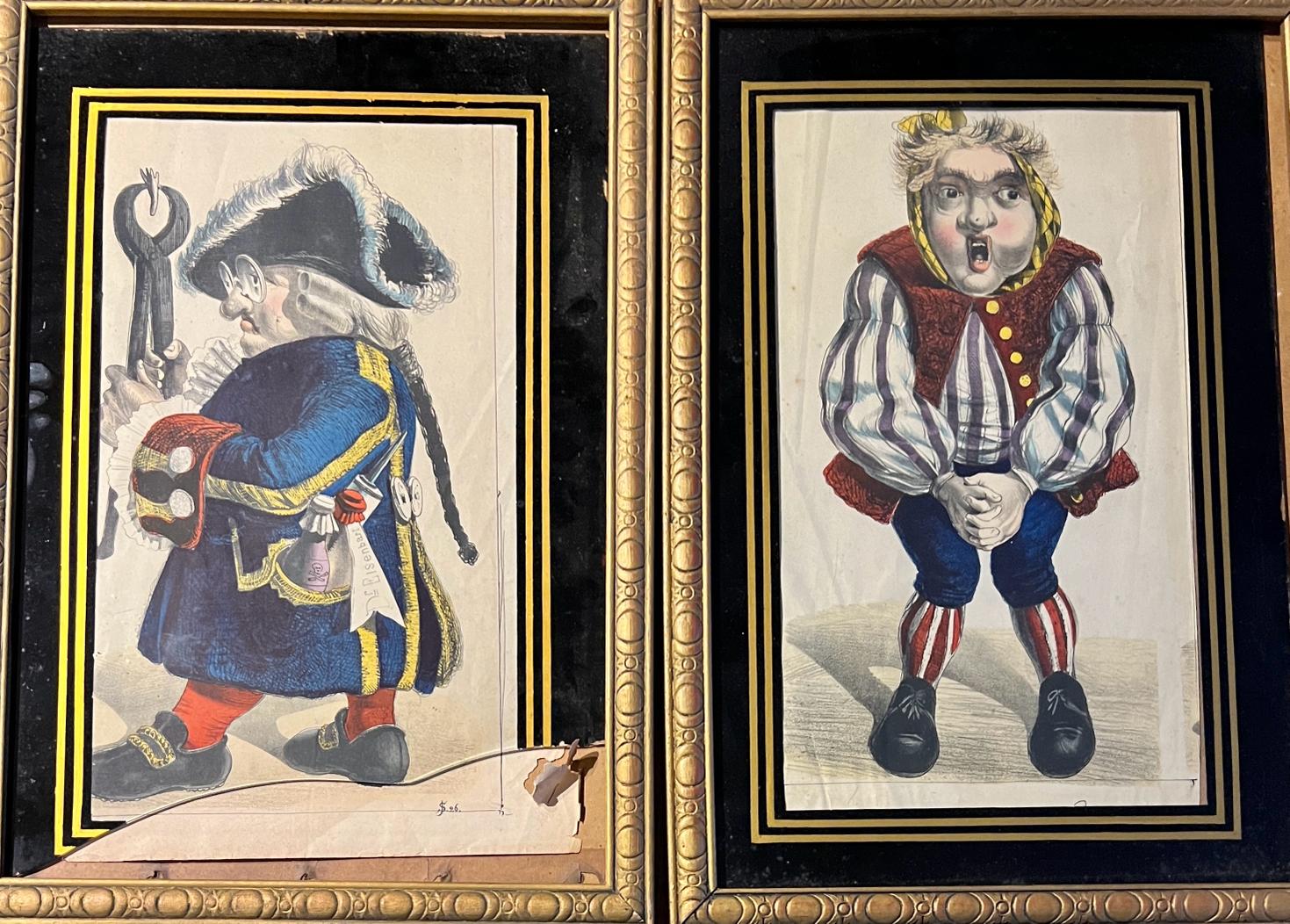
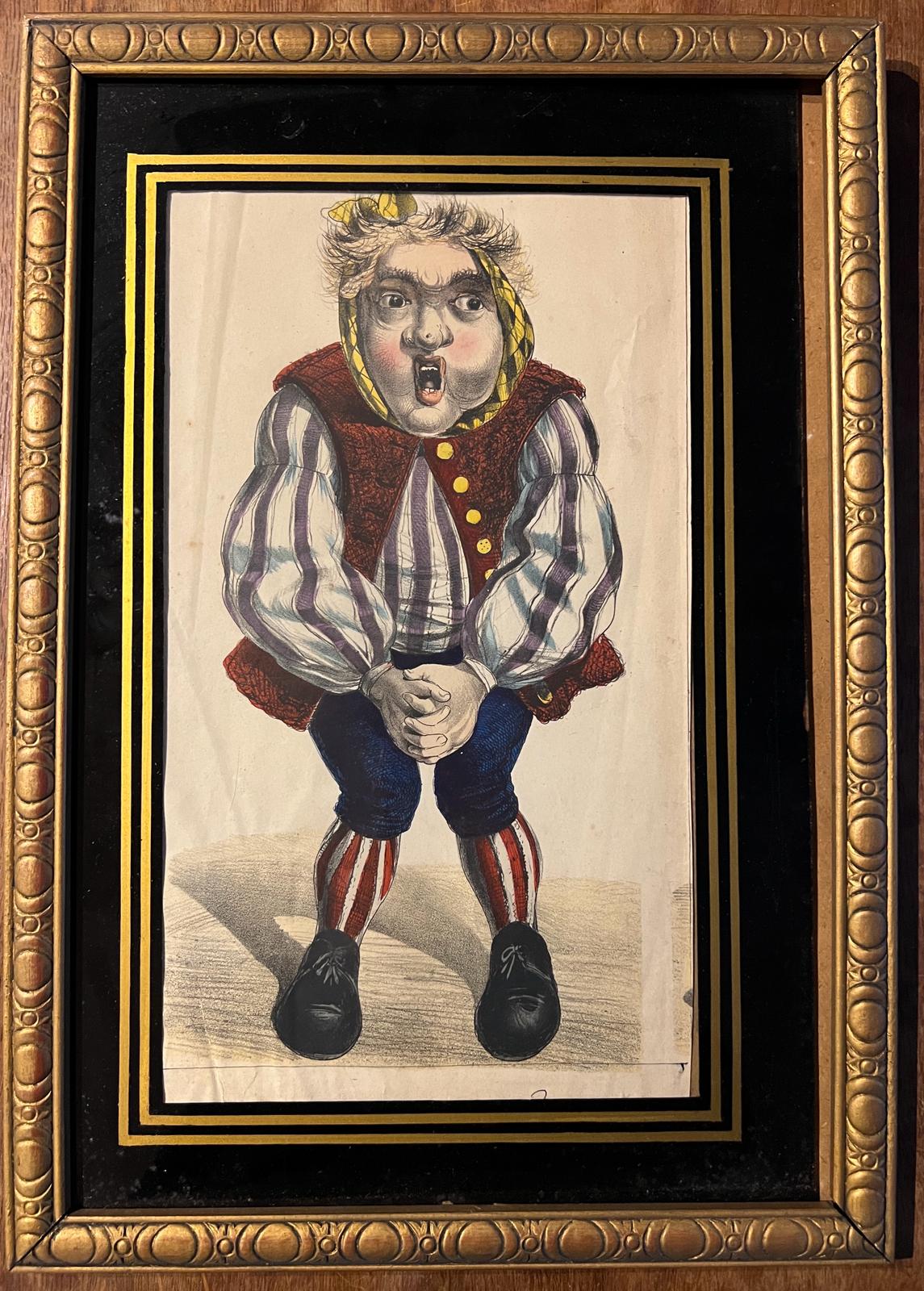
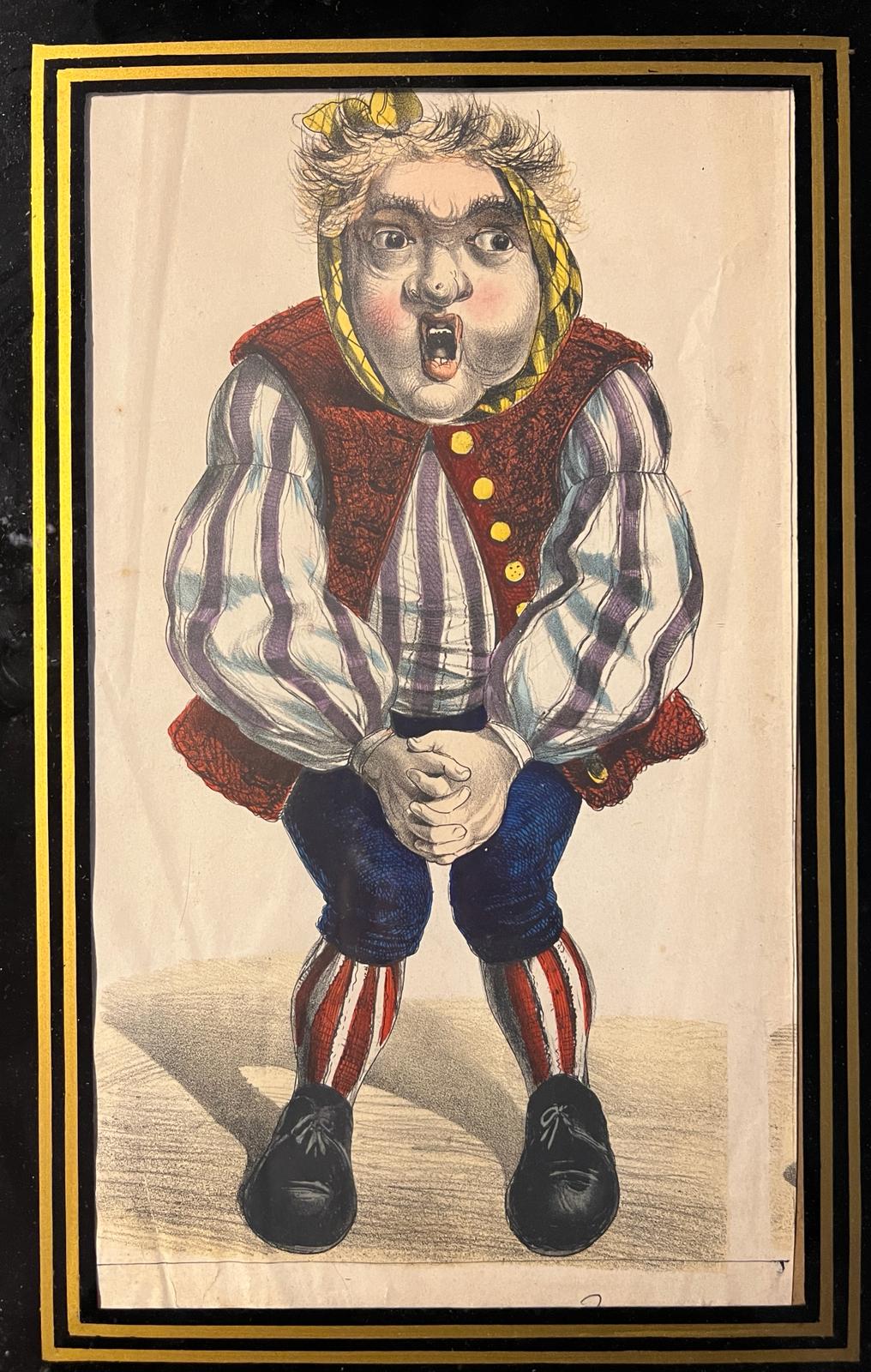

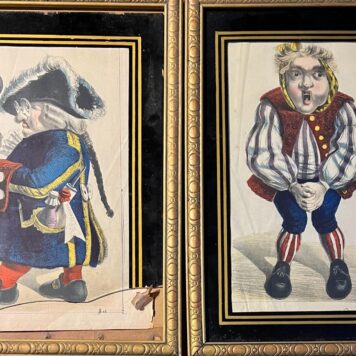



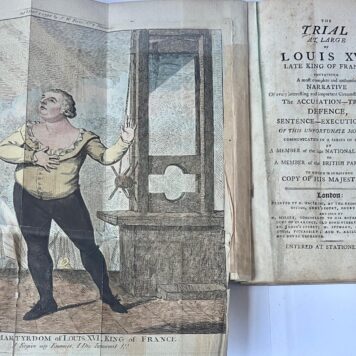
![[Satirical, karikatuur] Eine alte Karikaturensammlung. Ein Beitrag zur Geschichte der Karikatur, Straatsburg 1928, 34 p., geïll.](https://arinevandersteur.nl/wp-content/uploads/WhatsApp-Image-2021-04-19-at-11.53.033.jpeg)
![[Satirical, karikatuur] Eine alte Karikaturensammlung. Ein Beitrag zur Geschichte der Karikatur, Straatsburg 1928, 34 p., geïll.](https://arinevandersteur.nl/wp-content/uploads/WhatsApp-Image-2021-04-19-at-11.53.032.jpeg)

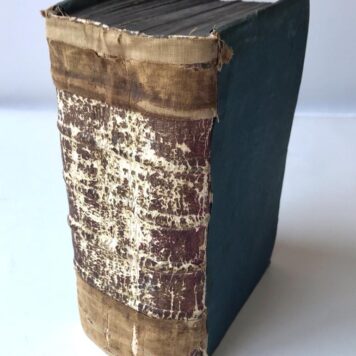
![APOTHEEK, TONEEL, ANGELKOT Gedrukt toneelstukje ‘De ontmantelde apotheker met gefopte hoorndrager, blijspel’, Gouda, erven L. Kloppenburg, [ca. 1715], 12º, 32 p.](https://arinevandersteur.nl/wp-content/uploads/apo2-356x356.jpeg)
![APOTHEEK, TONEEL, ANGELKOT Gedrukt toneelstukje ‘De ontmantelde apotheker met gefopte hoorndrager, blijspel’, Gouda, erven L. Kloppenburg, [ca. 1715], 12º, 32 p.](https://arinevandersteur.nl/wp-content/uploads/apo1-356x356.jpeg)

